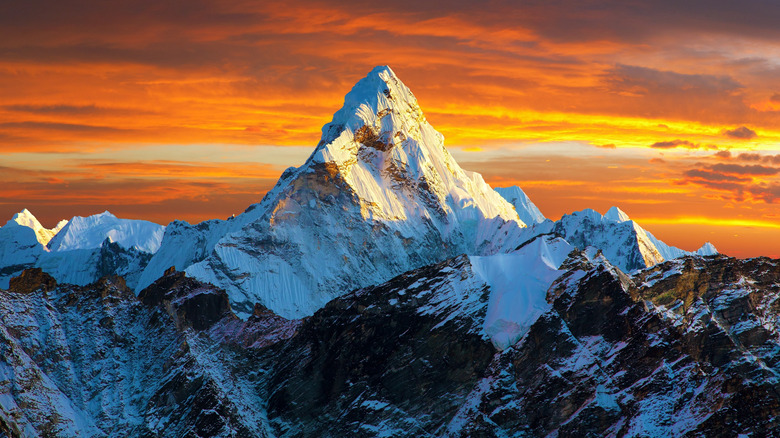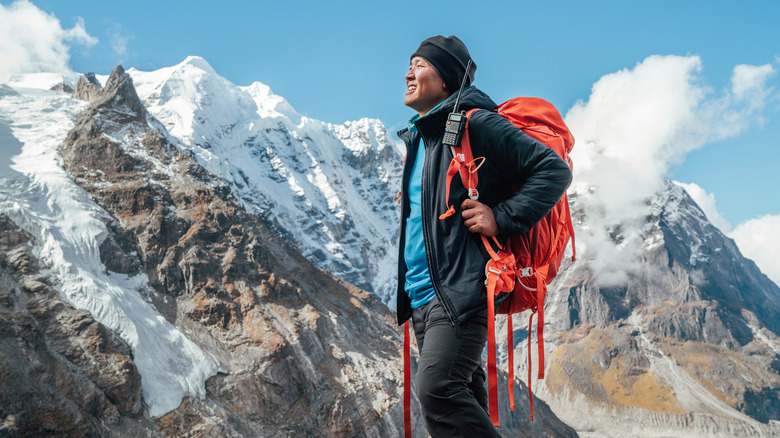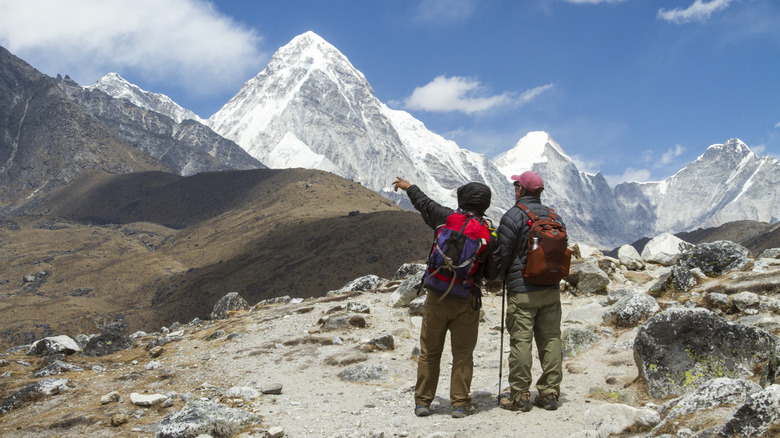No matter how much time passes, attempting to climb Mt. Everest remains a dangerous pursuit. Yes, more than 7,000 people have reached the summit as of December 2024. Yes, equipment has radically improved since 1953, when Ed Hillary and Tenzing Norgay were the first documented climbers to reach the top. Yes, sophisticated weather forecasts, pulse oximeters, and GPS-monitored tracking chips all help reduce risks for the modern climber. When a new photograph of Mt. Everest hits the Internet, armchair adventurers see a long queue of mountaineers trudging up the snow fields, like customers lined up outside an Apple store.
Yet the number of people who have died on Everest is devastating. From 1993 to 2023, an average of about six people have perished each year on the mountain, and some years have yielded significantly more. Jon Krakauer’s book, “Into Thin Air,” chronicles the most infamous climb in 1996, when 15 people met their fate. However, the single deadliest accident occurred in 2014, when an avalanche crushed 16 alpinists all at once. Even the fittest, best-equipped mountain climbers face the same timeless threats: storms, dropoffs, exhaustion, oxygen deprivation, and simply getting lost. Something as minor as a sprained ankle can result in an emergency evacuation. Everest’s most macabre legacy is the trail of bodies that have never been recovered — more than 200 corpses, frozen in place, like tragic monuments.
In response, the government of Nepal has issued stricter regulations about climbing Everest. Permit fees have been subject to a big jump, and solo expeditions are prohibited. Most important of all, climbers are now legally required to hire a guide.
The importance of hiring a Mt. Everest guide
Mountain guides in the Himalayas are unlike any other population on Earth. A disproportionately large number of guides are members of the Sherpa people, a small ethnic group that is indigenous to the region. After millennia of living at elevations over 14,000 feet, the Sherpa have developed astonishing lung capacity. This, coupled with a lifelong knowledge of the terrain, makes Sherpas uniquely equipped to help foreign climbers up the treacherous slopes of Everest. While the term “sherpa” is used for almost any guide or porter on the route, not all of these workers are ethnically Sherpa. Still, the vast majority of guides aiding mountaineers to the world’s highest point grew up in the Himalayas. No one knows this landscape — and its manifold dangers — better than they do.
Even with guides, the route is full of lethal pitfalls. In the wake of the 2014 avalanche, the death toll was found to be 13 Sherpas and three climbers. Guides risk their lives right alongside their clients and routinely venture ahead of the party to set up ladders and ropes, literally paving the way for climbers to reach the summit as safely as possible. It’s true that solo climbers have reached the top, most famously Italian mountaineer Reinhold Messner, but Nepal’s government no longer believes one-person ascents are worth the potential price. If climbers want their shot at glory, they must now do so with a mandated ratio of one guide for every two climbers. This law applies to any mountain over 8,000 meters (26,246 feet), of which there are eight in Nepal. Climbers are also subject to the must-follow “2 p.m. rule,” which is designed to save lives.




